Legacy Management, Part I
The all-new Range Rover confirms its preeminent status
The devil is in the details (all photos © JLR)
There is only one automobile the all-new Range Rover needs to match: the Range Rover.
Not so much the previous-generation car, nor any other of its ancestors. But the concept, or - in lofty terms - ideal of a Range Rover.
This concept has obviously evolved over the course of several decades. As has the Range Rover’s status within automotive hierarchy - what with it having established itself not only as the essential luxury all-terrain, all-occasion vehicle, but the essential luxury automobile, full stop.
There is no more fitting a symbol for the changes among the traditional sector of the automotive industry - disregarding the impact of electrification and the growing influence of startups - than the way in which the Range Rover is finding itself in a Sonderklasse of its own today. Anno 2021, it is the tall car from Gaydon that’s the default casting choice whenever Hollywood needs a motor car for a dictator, diplomat or entrepreneur.
As another sign of the times, last year’s launch of the most recent (and perhaps final) Mercedes S-class was largely met with indifference. The new Range Rover, by contrast, has everyone stand up and take notice. It may not be universally acclaimed, but that’s beside the point. The point is relevance: Whether one likes it or not, the Range Rover does reset the automotive luxury benchmark. Because it is the benchmark.
Staying on top is more difficult than getting there in the first place, as not just the S-class has had to find out. Accordingly, this generation of Range Rover has undergone the kind of careful, evolutionary changes that used to characterise the progression from, say, one generation of VW’s Golf to the next. The proportions have therefore changed little, compared with its immediate predecessor - which had marked a perceivable shift towards a slightly less upright, formal stance compared with earlier Range Rovers. At the front, the light units could even be mistaken for carryover parts, whereas the grille and lower front air inlet feature subtly modernised - in the aesthetic meaning of the word - graphics that seem vaguely reminiscent of the facelifted Rover P6’s.
This - perhaps unintentional - nod to first period of modernist British automotive design teases the Range Rover’s rear end, which is the car’s most unusual and interesting aspect by far. Applying the en vogue piano black look that’s typically liberally applied across car interiors to the exterior, the designers have chosen to break new ground, with regards to graphics and materials: No attempt has been made to evoke the appearance of a traditional light unit, resulting in an almost abstract appearance. While some might consider the result accordingly insufficiently ‘automotive’, at least as many others will revel in the audacity and visual consistency of this approach. This aspect might be the one most prone to visually age the car eventually, but that’d be a price worth paying for such an intriguing detail.
To claim that the new Range Rover’s, or any Range Rover’s design is minimalist is inherently fatuitous. Its dimensions, weight and use of resources for certain ought to prohibit the use of the term ‘minimalism’ in the context of this motor car. But its styling indeed is pared back to an applaudable degree, combining exquisitely shaped surfaces with a reasonable amount of graphic decorum. Of these graphics, the ones paying homage to the L322-generation Range Rover are bound to be the most controversial - yet the argument that these are to be dismissed on the basis of being non-functional is a moot point, as they have obviously become a graphical feature, without any functional pretensions. The waistline along this (and any other) Range Rover’s sides likewise are a purely decorative flourish - yet that is never considered an issue. The current version’s take, as well as the flush execution of the windows, door handles and that non-side-vent graphic certainly leave little to be desired, in terms of craftsmanship.
Superior craftsmanship is also in evidence inside the Range Rover. Where competitors attempt to dazzle with nauseating levels of cross-stitching, piano black plastic and mock-fluted metal or even crystal glass, the Range Rover relies on a clean, tasteful ambience, whose effect will ultimately be greatly dependent upon the quality of materials. However, given the involvement of Land Rover Interior Design Director, Alan Sheppard, the odds would seem to be in the Range Rover’s favour - given Mr Sheppard’s CV includes not just the previous-generation Rolls-Royce Phantom’s cabin, but also an interior that left not only one J Mays notable impressed: that of the L322 Range Rover.
Of course, it was that generation of Range Rover, rather than the original car, which set the template for its successors and obviously still serves as inspiration - rather than the Bentaygas, Cullinans or S-classes out there. A sign of the times, but also a sign of confidence on Land Rover’s part.
If only this kind of confidence was applied onto less humungous and inherently elegant a type of automobile. Like a modern-day Jaguar XJ.




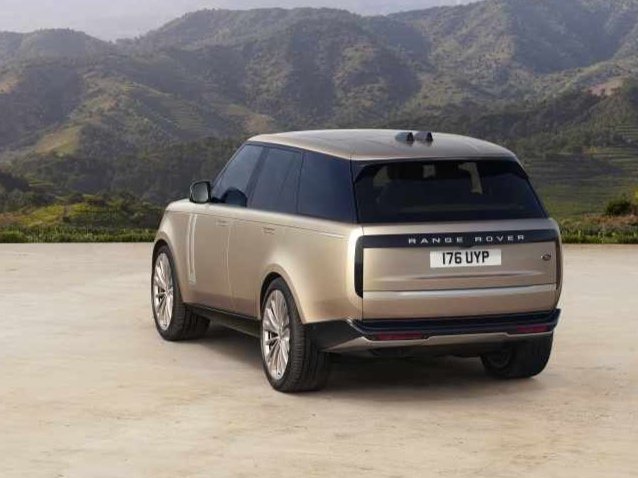
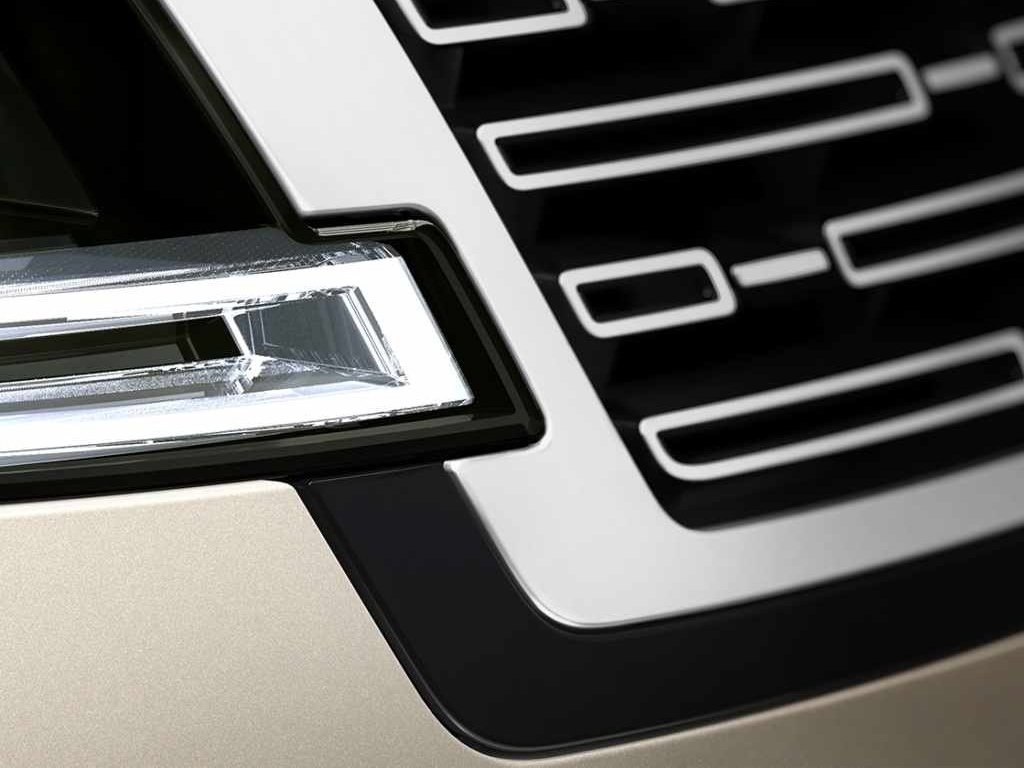

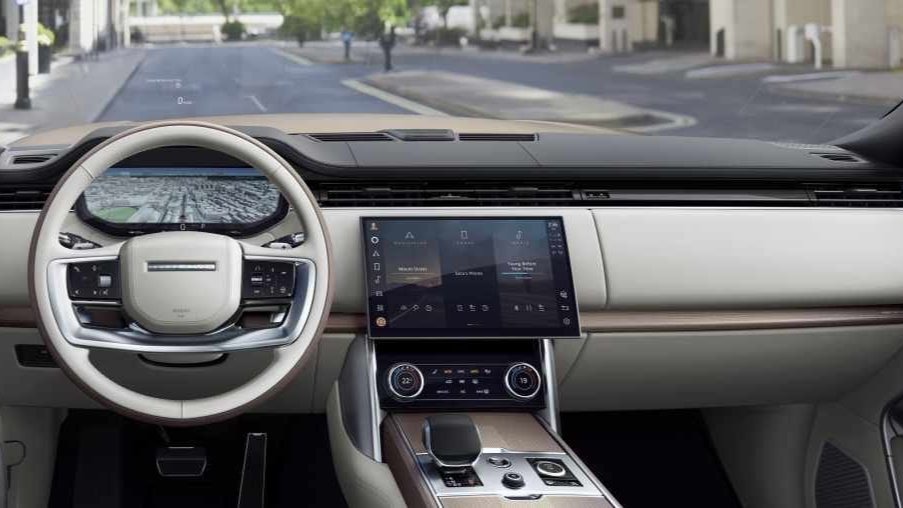
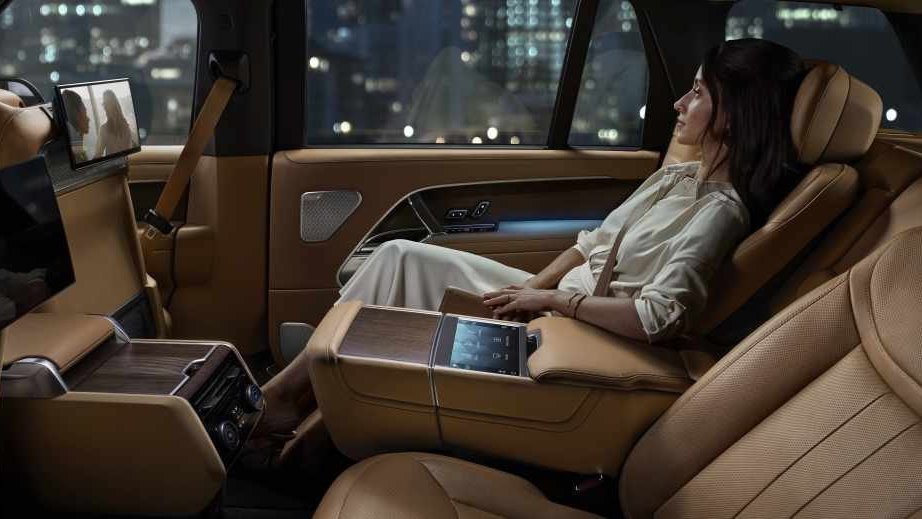
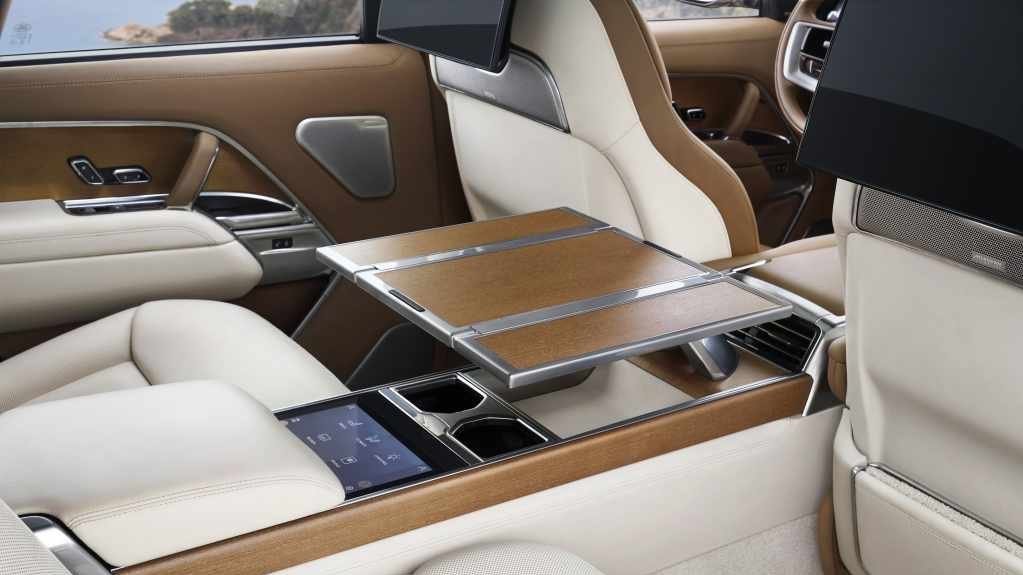





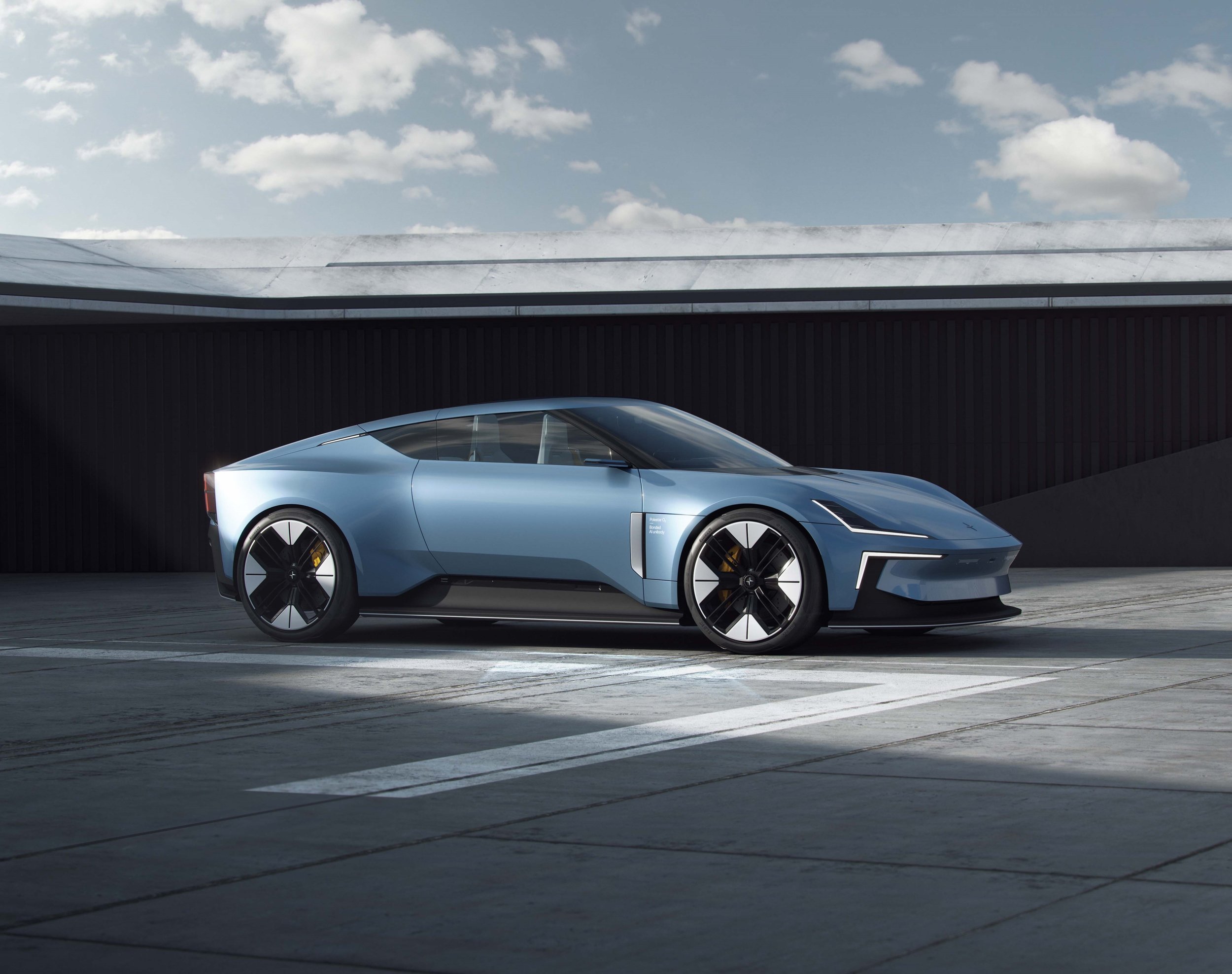


Car interior designer who created some of the most significant cabins of all time, most notably the Porsche 928’s